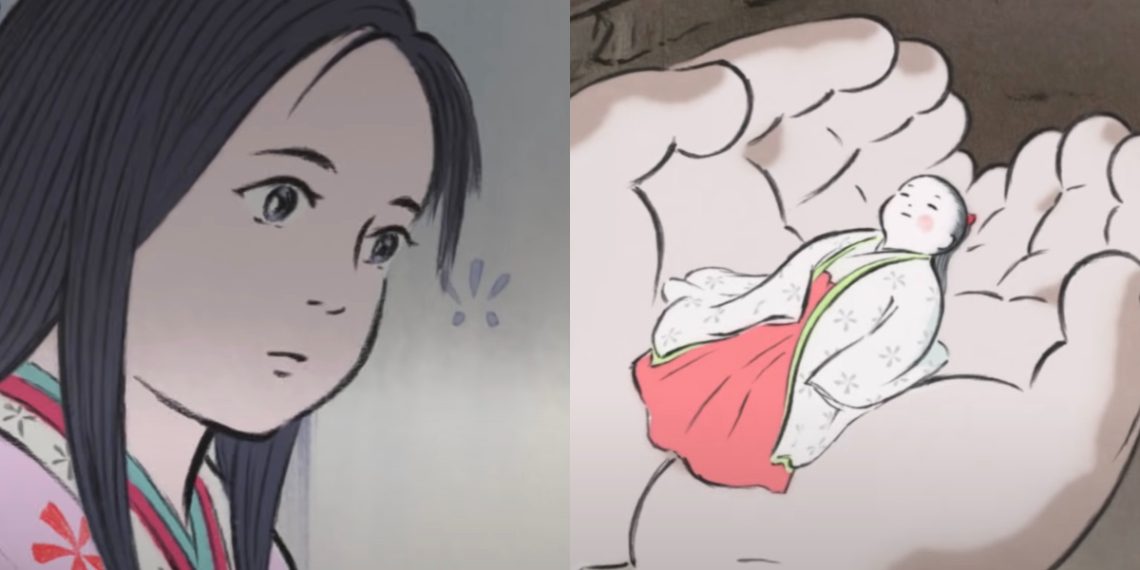The acclaimed Studio Ghibli production The Tale of Princess Kaguya stands out as the most expensive anime film ever made.
Directed by the renowned Isao Takahata and released in 2013, the movie demanded an astronomical budget believed to exceed $49 million due to the unconventional and painstaking artistic techniques employed.
Adapted from the classic 10th-century Japanese folk story The Tale of the Bamboo Cutter, Takahata’s interpretation uniquely utilizes an evocative, fantastical visual style inspired by traditional ink-wash painting.
Despite high anticipation and positive critical reception, including an Academy Award nomination, The Tale of Princess Kaguya proved a commercial disappointment for Studio Ghibli.
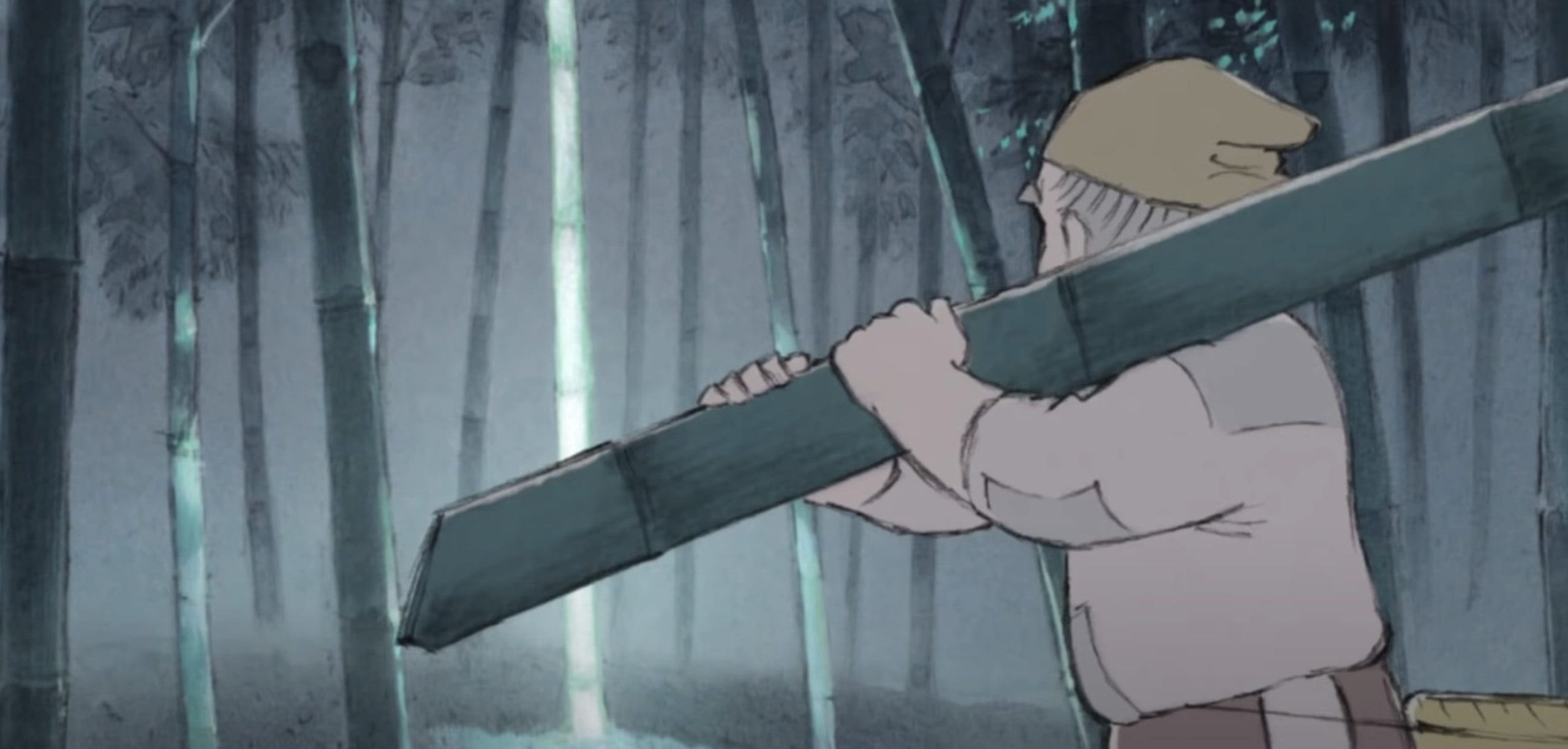
After years of production delays and soaring costs, the lyrical, bittersweet tale failed to attract wide enough audiences to deliver box office success.
While some anime fans appreciated the artistry and sensitive storytelling, the unconventional animation style and leisurely pacing seemingly lacked mass appeal.
Nonetheless, The Tale of Princess Kaguya remains a towering if polarizing achievement for Takahata and Studio Ghibli – one that broke animation boundaries regardless of its financial shortcomings.
Its lovingly crafted visual splendor and emotional weight endure as a testament to the medium’s artistic potential.
The Tale of the Princess Kaguya
Isao Takahata’s acclaimed 2013 anime film The Tale of the Princess Kaguya stands as both a towering artistic achievement and a cautionary fiscal tale. The production faced an arduous journey – years in the making and saddled by exponential budget overruns.
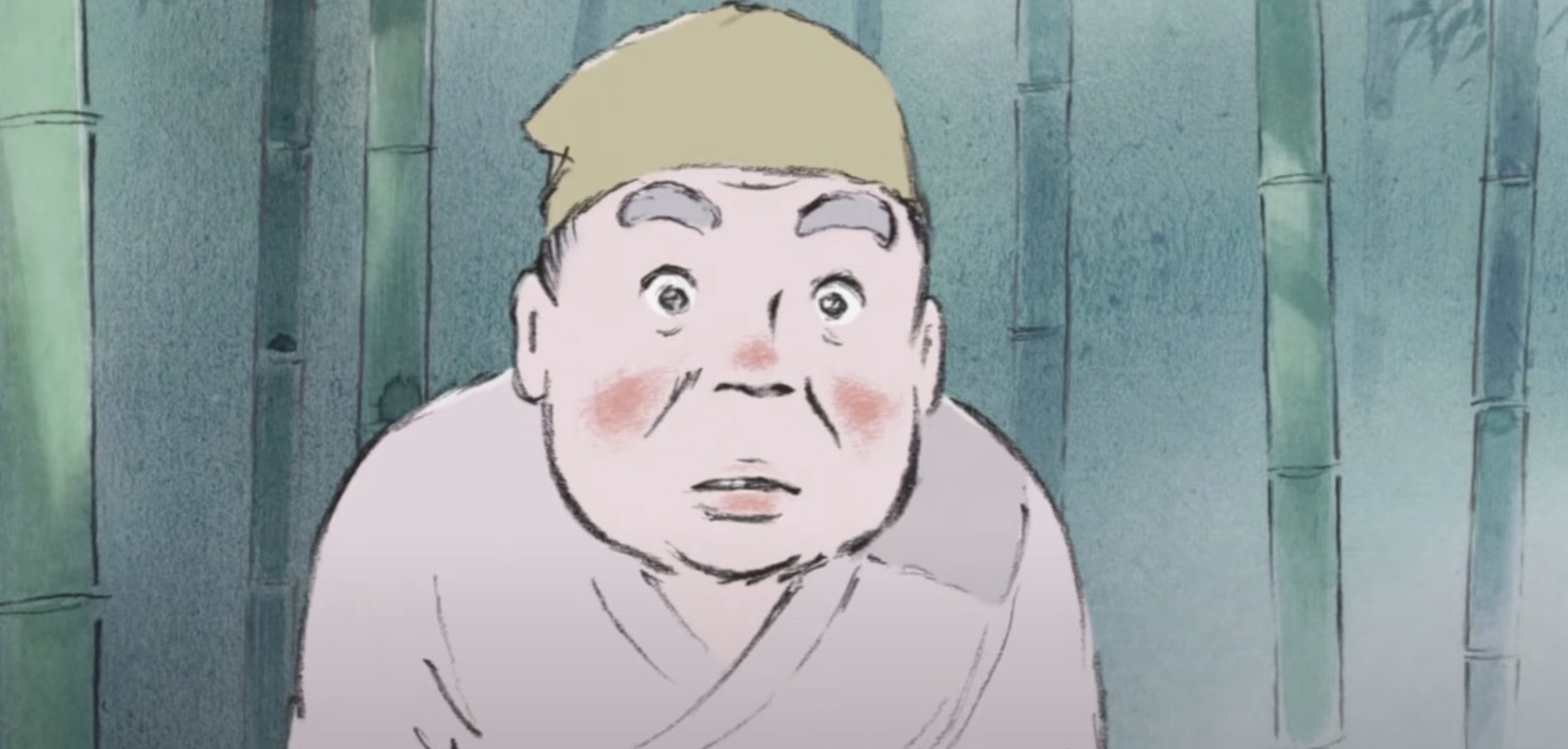
What began in the early 2000s as a passionate project by Takahata and Studio Ghibli grew into a financial albatross requiring over $49 million to complete – an unprecedented sum for an anime feature.
This was fueled by the meticulous, labor-intensive artisanal methods used, from delicate inky backdrops evoking 10th century Japanese tapestries to the impressionistic animation mimicking brushstroke calligraphy.
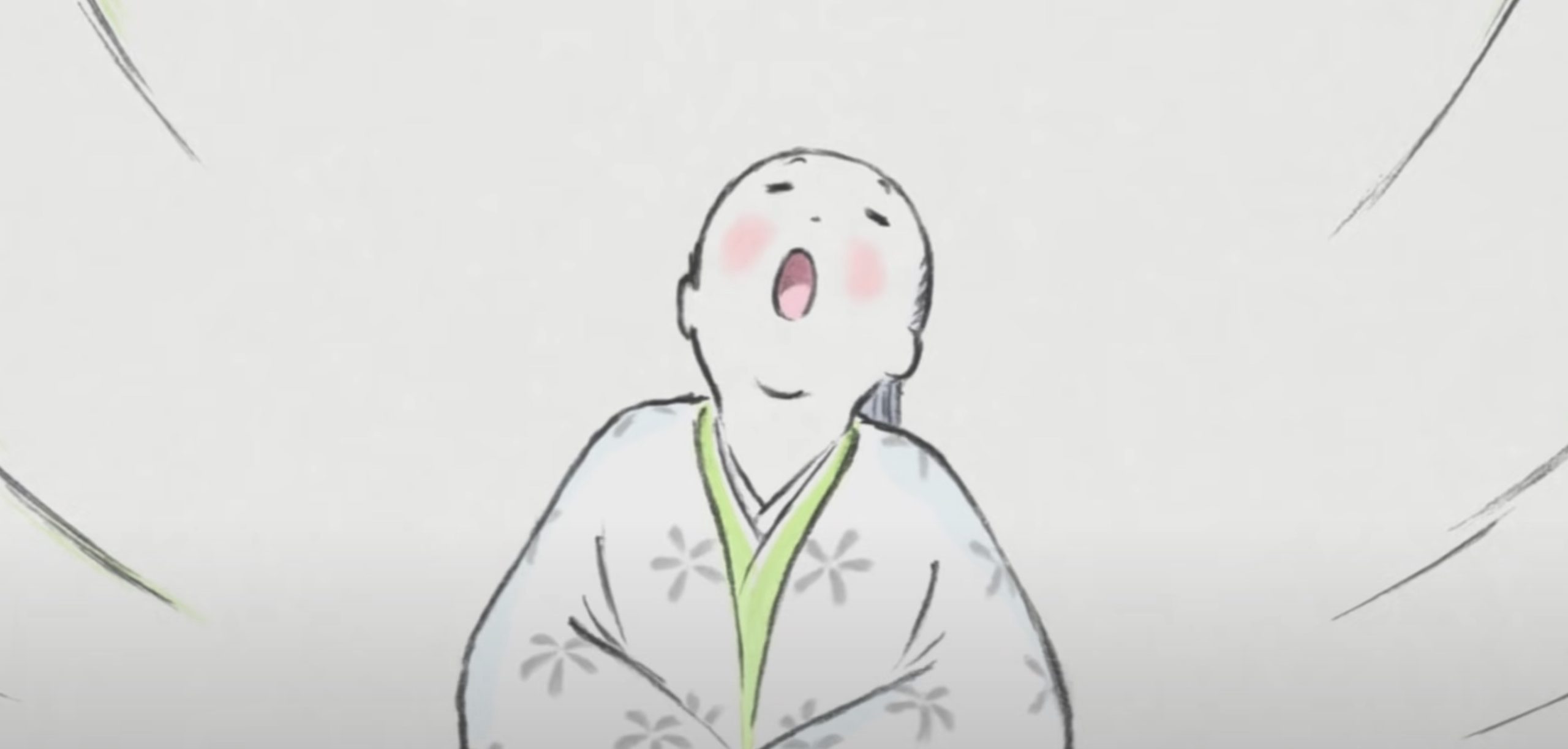
While critics trumpeted its visual inventions and resonant storytelling adapted from folklore classic The Tale of the Bamboo Cutter, The Tale of Princess Kaguya proved too rarefied for mainstream success.
Despite high expectations and an Oscar nomination, it struggled at the box office – an anti-blockbuster that couldn’t attract crowds to offset its huge price tag.
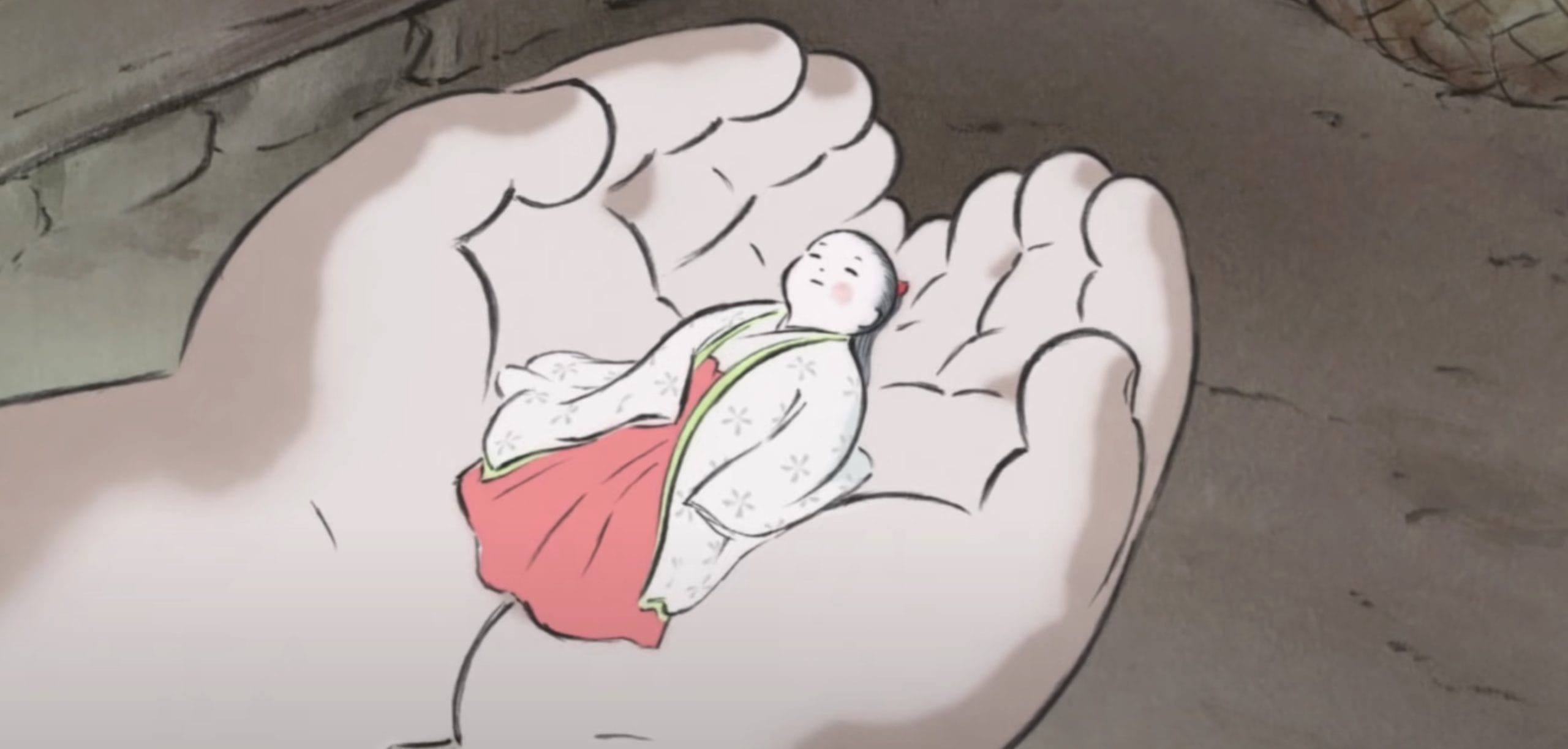
Yet for all the red ink and unrealized hopes, Takahata’s singular vision still looms as a towering landmark for the anime artform – perhaps too precious for studio accountants but undoubtedly expanding animation’s expressive capacities with its hand-crafted allure.
More than a movie, The Tale of Princess Kaguya endures as a decade-long labor of love and creative quest against all financial odds.
Artistic Triumph Meets Box Office Reality in Anime
While The Tale of the Princess Kaguya garnered immense critical praise and recognition for its singular artistry, the film sadly failed to translate that prestige into box office success.
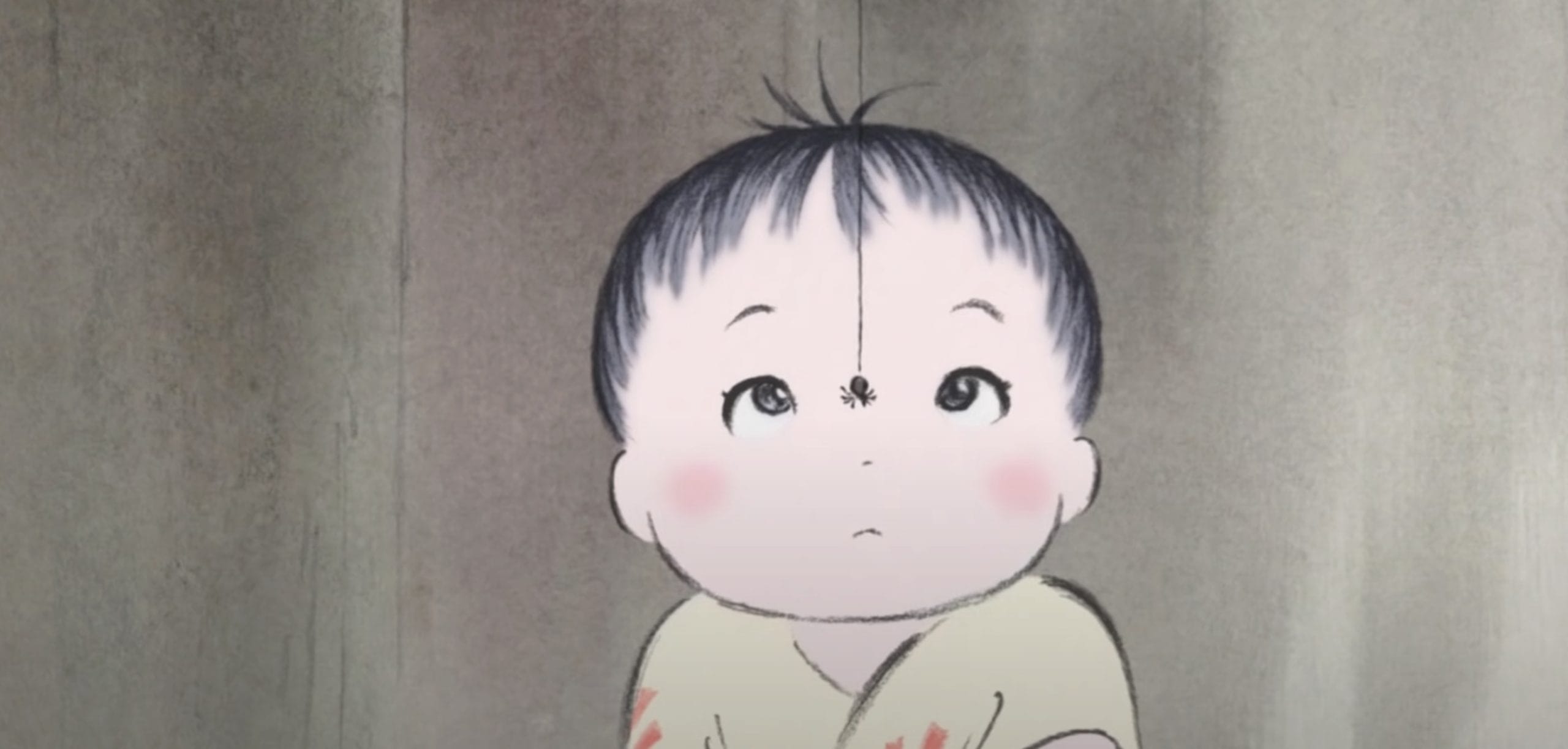
Isao Takahata’s decade-long labor of love charmed critics and cinema connoisseurs, earning awards season plaudits, including a coveted Oscar nomination for Best Animated Feature.
Yet the movie’s impressionistic visual palette and melancholic storytelling did not resonate widely enough with casual moviegoers to generate profits.
Despite the hype surrounding its unprecedented production budget and visually groundbreaking style, The Tale of Princess Kaguya never found mainstream appeal. The trailer views did not translate to sold theater seats.
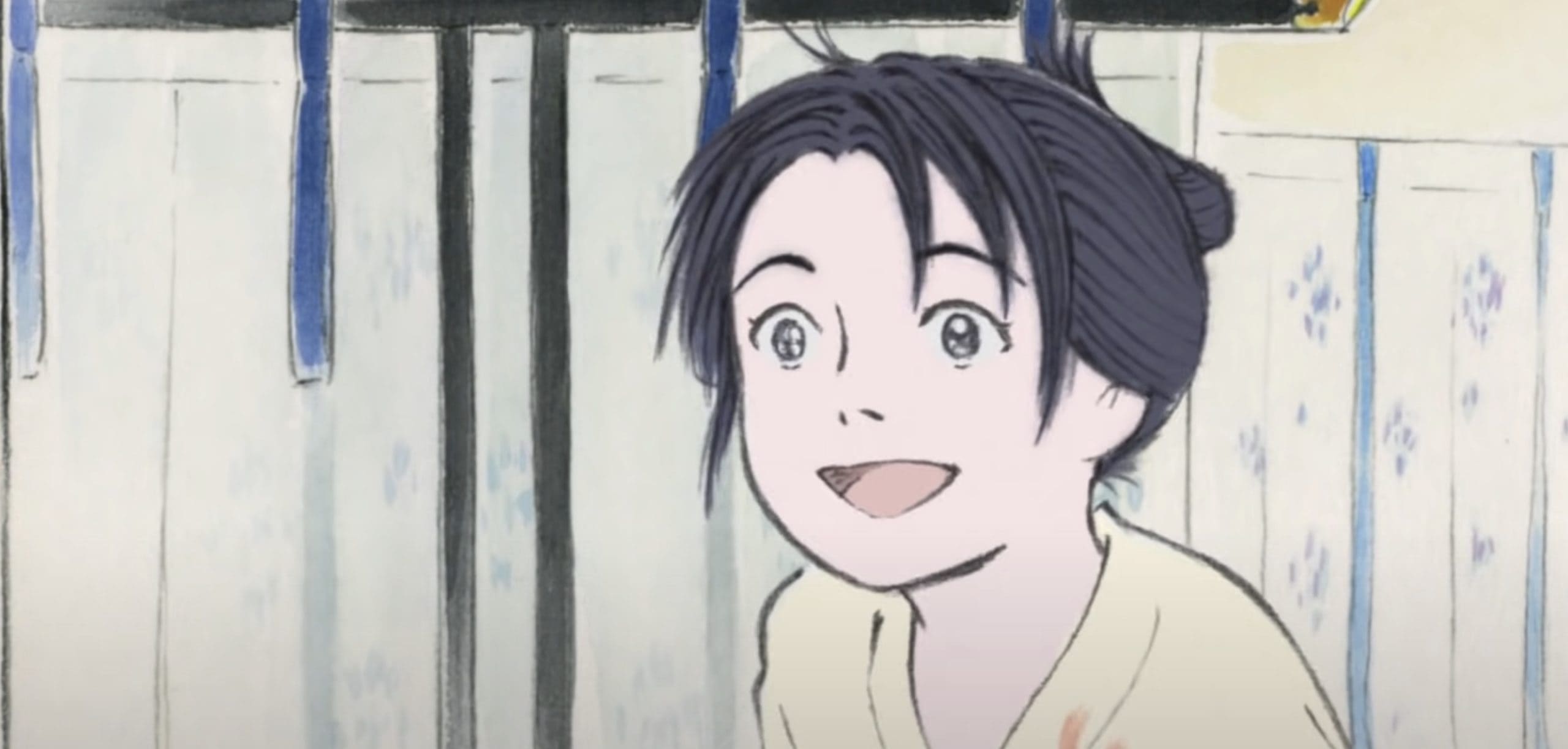
Even with 13 wins and 38 nominations from high-profile festivals and academies, the film fell short of financial expectations.
Studio Ghibli had gambled enormous time and resources on Takahata’s vision, betting that the critically feted anime would attract crowds as well as plaudits.
In the end, while honored for its artistry, The Tale of Princess Kaguya did not recoup its astronomical production costs at the box office – an indictment of the gap between artistic evaluation and mass entertainment.
For all its ambition, the anime Icarus flew too close to the commercial sun.
The Real Reason Why The Tale of Princess Kaguya Became a Costly Failure
The Tale of Princess Kaguya premiered strongly in Japan, capturing the top spot at the box office in its opening weekend with a gross of $2.8 million.
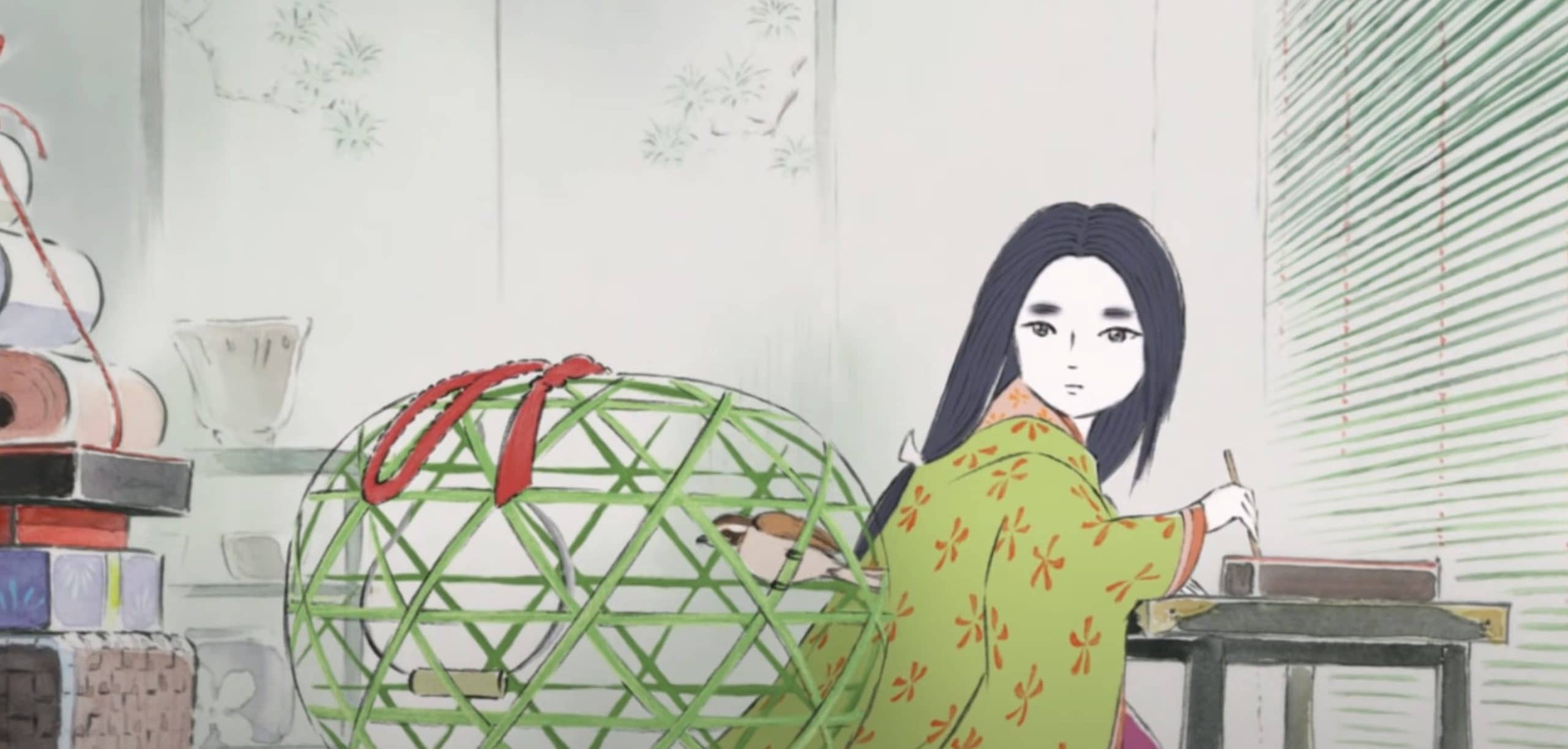
Over subsequent months, it steadily accrued ticket sales to finish as the 11th highest-grossing Japanese film of 2014, ultimately earning over $25 million domestically.
Additionally, global distribution added nearly $1.7 million, bringing total worldwide box office receipts to around $27 million. Further home video releases of Blu-ray and DVD copies netted $3.4 million more.
However, despite this respectable performance for an anime title, The Tale of Princess Kaguya could not escape being branded a fiscal disappointment overall.
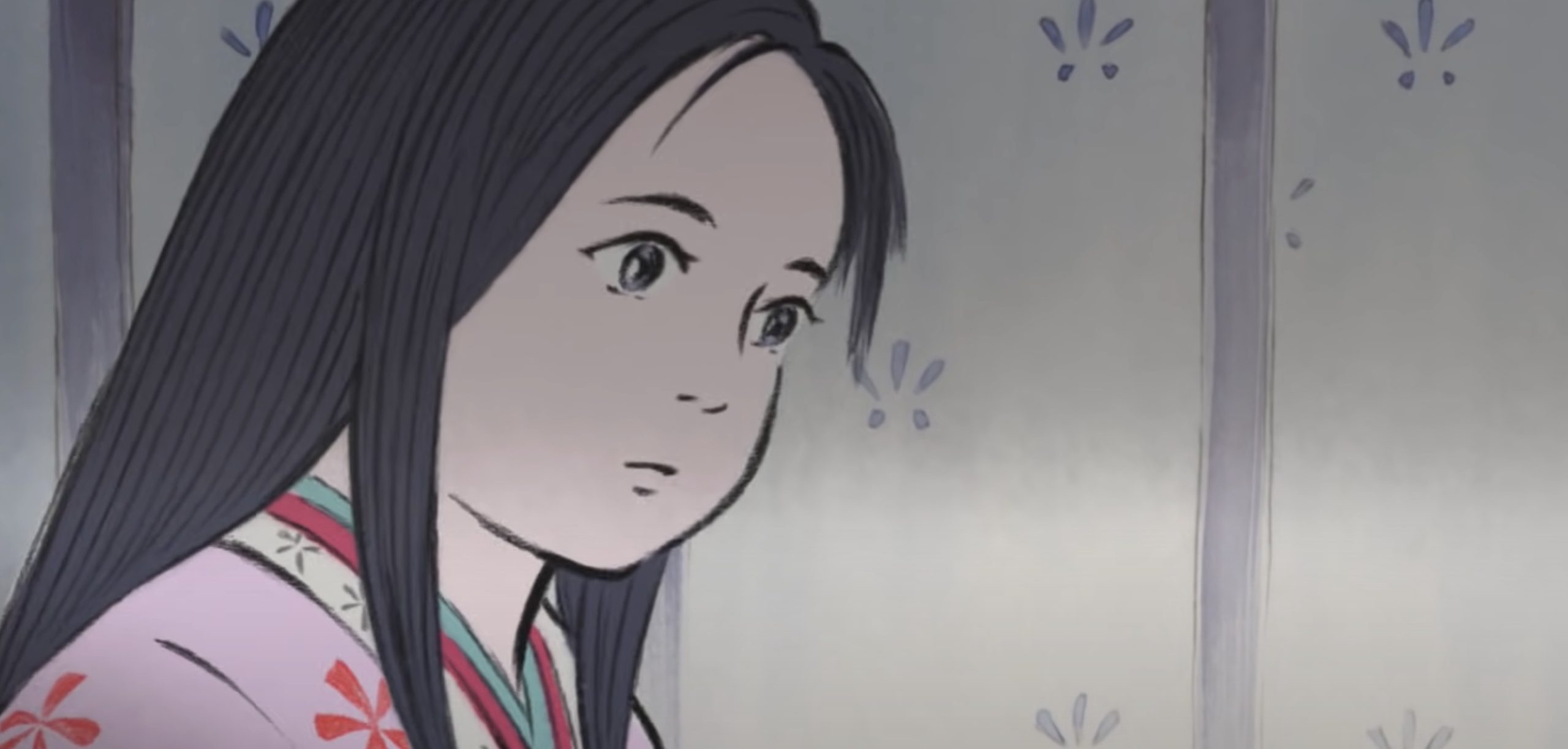
When weighing total revenues against its astronomical, unprecedented $49 million production budget, the film suffered a steep shortfall financially.
Studio Ghibli had wagered heavily on director Isao Takahata’s artistic vision, sinking funds and time into the painstaking aesthetics that dazzled critics yet alienated casual viewers.
In the end, while some audiences connected deeply with its impressionistic style and bittersweet tale, The Tale of Princess Kaguya lacked the accessibility and escapist entertainment value that generated profits.
An auteurist anime masterwork without blockbuster appeal, it remained an esoteric curio unable to earn back its costs despite praise and respectable earnings – a reminder of the cold calculus beneath cinema’s creative expressivity.


